Product details
Fossil Squid Like, Orthoceras
Orthoceras is a genus of extinct nautiloid cephalopod that lived approximately 400 to 450 million years ago during the Ordovician period. These creatures are known for their long, straight, conical shells, which are commonly preserved as fossils and are prized by collectors and enthusiasts for their beauty and scientific value. The name Orthoceras, derived from the Greek words “ortho” (straight) and “keras” (horn), aptly describes the characteristic shape of its shell.
The Orthoceras shell consists of a series of chambers separated by walls called septa. As the animal grew, it continuously added new chambers to the shell, living in the outermost chamber while the inner chambers were filled with gas to help with buoyancy. The shell also had a siphuncle, a tube-like structure that ran through the center of the chambers, connecting them to each other. The siphuncle played a crucial role in regulating the gas and fluid content of the chambers, allowing the Orthoceras to control its buoyancy and depth in the water.
Orthoceras fossils are commonly found in marine sedimentary rocks around the world, with notable occurrences in Morocco, where they are often found in large numbers in the fossil-rich deposits of the Atlas Mountains. These fossils provide valuable insights into the ancient marine ecosystems and the evolutionary history of cephalopods.
In addition to Morocco, Orthoceras fossils have been discovered in various other locations, including North America, Europe, Asia, and Africa. In North America, they are found in regions that were once covered by ancient oceans, such as the Midwest and the Great Basin. In Europe, Orthoceras fossils are abundant in countries like Sweden, Norway, and the United Kingdom, where they are found in rocks dating back to the Ordovician and Silurian periods.
In Asia, Orthoceras fossils have been found in China, Russia, and Kazakhstan, among other countries, often associated with ancient marine deposits. In Africa, besides Morocco, Orthoceras fossils have been discovered in countries like Algeria, Tunisia, and Libya, where they are found in rocks of similar age to those in Morocco.
The preservation of Orthoceras fossils varies depending on the geological conditions in which they were buried. Some fossils are preserved as solid calcite or aragonite, while others are preserved as molds or casts. In some cases, the original shell material has been replaced by minerals such as silica or pyrite, creating beautifully preserved specimens with stunning colors and patterns.
Orthoceras fossils are not only valuable for their scientific significance but also for their aesthetic appeal. The intricate patterns and textures of the shells, combined with their age and rarity, make them highly sought after by collectors and enthusiasts. In addition to their beauty, Orthoceras fossils also serve as important tools for studying ancient marine life and understanding the history of life on Earth.
Orthoceras fossils are often found in association with other marine fossils, providing clues about the ancient environment in which they lived. These fossils can help paleontologists reconstruct past ecosystems, including the types of organisms that coexisted with Orthoceras and the environmental conditions that prevailed during the Ordovician period. By studying the distribution and abundance of Orthoceras fossils in different rock layers, scientists can also infer information about the ancient ocean currents and habitats.
One of the fascinating aspects of Orthoceras fossils is their wide range of sizes, with some specimens reaching lengths of over a meter. This variation in size suggests that different species of Orthoceras existed, each adapted to its own ecological niche. Some species may have been fast swimmers, while others may have been slower and more sedentary, depending on factors such as prey availability and predation pressure.
The study of Orthoceras fossils has also provided insights into the evolution of cephalopods, a diverse group of mollusks that includes octopuses, squids, and nautiluses. Orthoceras belongs to a group known as the nautiloids, which are characterized by their external shells and tentacles. By comparing the morphology of Orthoceras fossils to that of living cephalopods, scientists can infer how these ancient creatures may have lived and evolved over time.
In addition to their scientific importance, Orthoceras fossils have also captured the imagination of artists and designers. The elegant, spiral shapes of Orthoceras shells have inspired jewelry designers to create stunning pieces incorporating these ancient fossils. Orthoceras fossils are often polished to reveal their intricate internal structure, creating unique and beautiful patterns that are truly one-of-a-kind.
Collectors of Orthoceras fossils often value specimens that are well-preserved and exhibit interesting features such as iridescence or unusual coloration. Some fossils even show evidence of predation, with drill holes or bite marks indicating interactions with ancient predators. These fossils provide a glimpse into the ancient marine food web and the complex interactions between organisms that existed millions of years ago.
Prehistoric 101 (Learn about fossils, minerals, and meteorites)
Learn: Orthoceras
Echoes of the Deep: The Legacy of Orthoceras














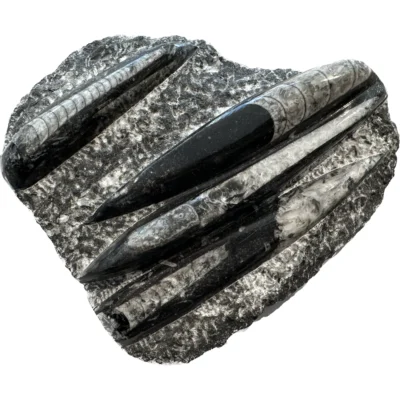
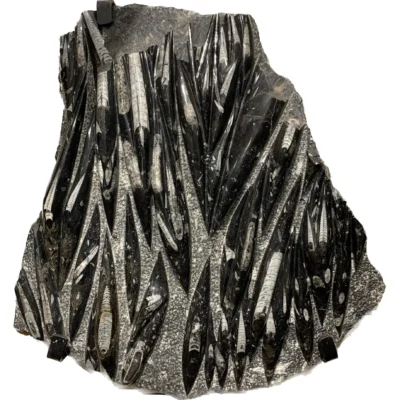

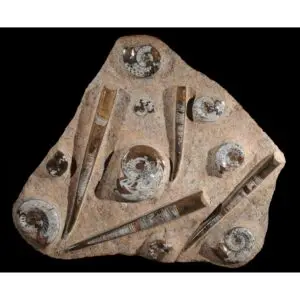


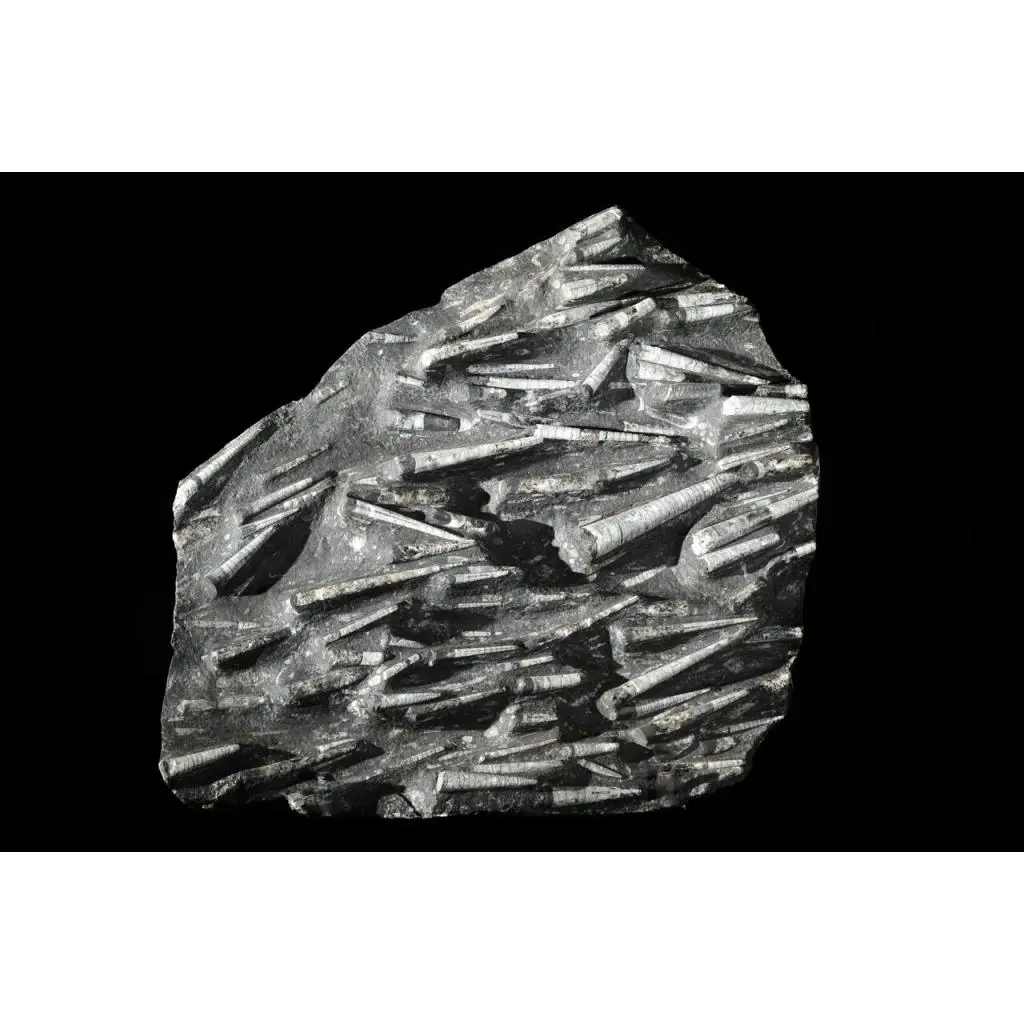
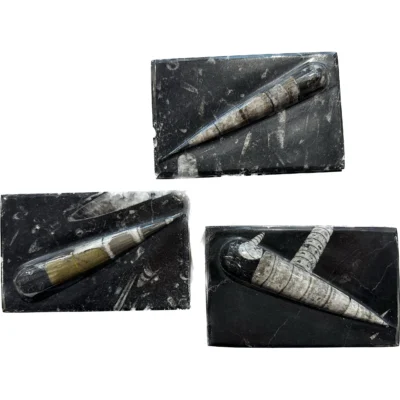
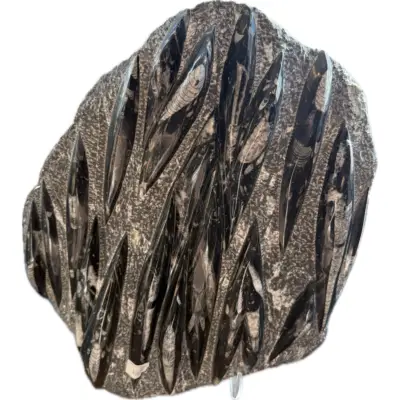
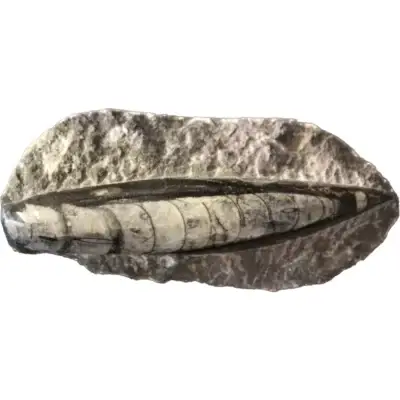
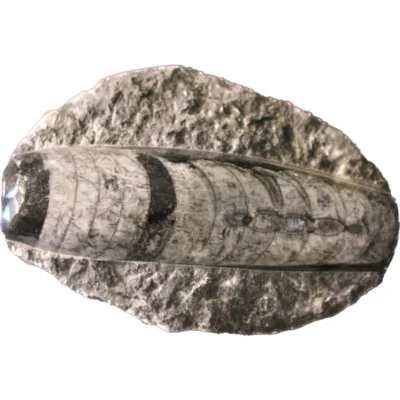
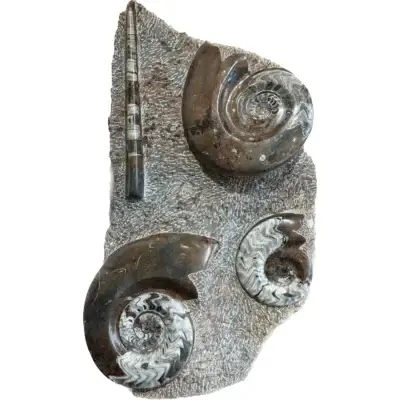
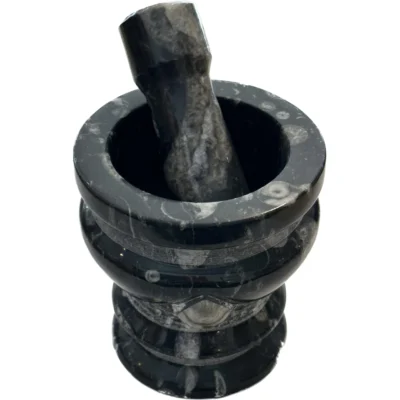
There are no reviews yet.